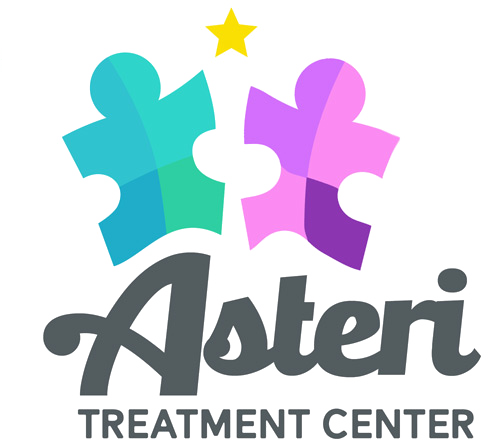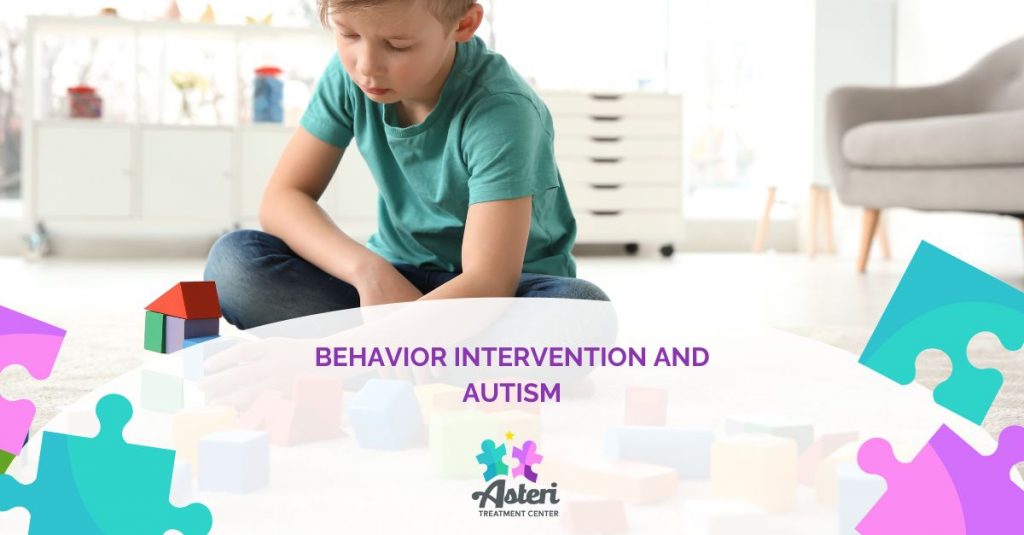Behavior treatment for autism, often referred to as Applied Behavior Analysis (ABA), is a structured and systematic approach that focuses on understanding and modifying behavior. This method is grounded in the principles of behaviorism, which emphasize the importance of observable behavior over internal thoughts or feelings. By employing various techniques, behavior therapy for autism aims to improve specific skills, reduce challenging behaviors, and ultimately enhance the quality of life for individuals with autism spectrum disorder (ASD).
At its core, behavior treatment for autism works by breaking down complex behaviors into smaller, more manageable components. This method allows therapists to identify specific goals tailored to each child’s unique needs. By focusing on specific skills, treatment can be more effective and measurable.
The Basics of Behavior Therapy for Autism
One of the foundational principles of behavior treatment is reinforcement. Positive reinforcement encourages the child to engage in the desired behavior more frequently, fostering a sense of achievement and motivation.
Prompting is another critical component of behavior treatment. It involves providing cues to guide the child toward the desired behavior. Prompts can be verbal, physical, or visual, depending on the child’s needs and the context. The goal is to teach the child to perform tasks independently, fostering self-reliance and confidence.

Task analysis is an essential strategy in behavior treatment that breaks down complex tasks into smaller, manageable steps. This method is particularly beneficial for children with autism, who may find certain activities overwhelming. By focusing on each individual step, children can learn how to complete tasks successfully, building their confidence along the way.
Behavior treatment also places a strong emphasis on social skills development. Many children with autism struggle with social interactions, which can lead to isolation and difficulties in forming relationships. Therapists use role-playing, modeling, and real-life practice to teach essential social skills. Creating structured opportunities for social interaction allows children to practice these skills in a safe environment, promoting better social functioning over time.
Data collection and analysis are fundamental to the success of behavior treatment. Therapists continuously monitor and record the child’s progress, assessing the effectiveness of the interventions. This approach enables therapists to make informed decisions about treatment adjustments for desired outcomes.
Visit Us Today
Behavior treatment for autism works by utilizing a structured approach that focuses on observable behavior, reinforcement, prompting, task analysis, and social skills training. To learn more about our services at Asteri Treatment Center, call us today at (800)400-9748, or visit our contact page to send us an email.

